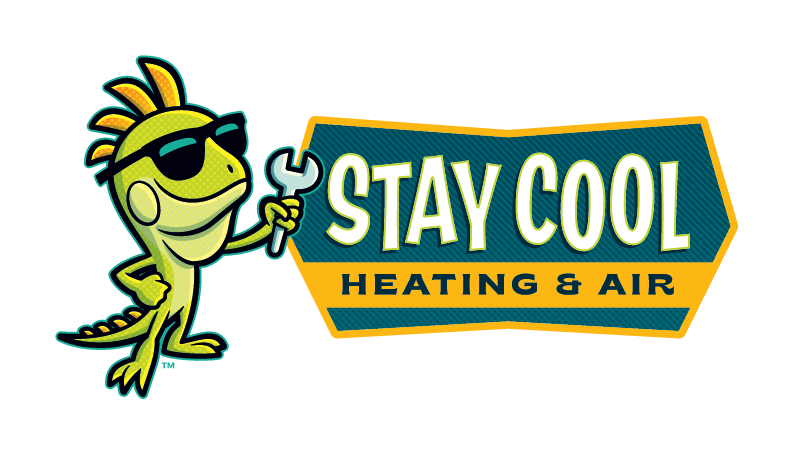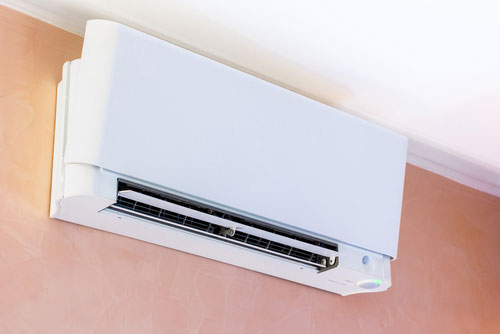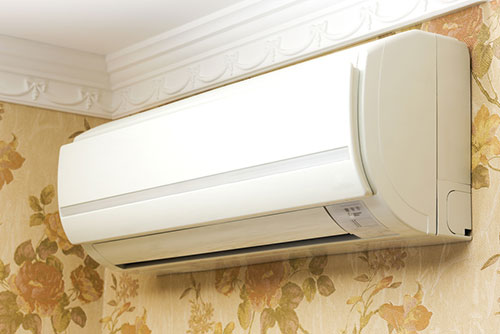HIGH EFFICIENCY
You deserve total home comfort, but your wallet needs a little loving, too. High efficiency (HE) heating and cooling systems are designed for the optimal combination of performance and energy savings.
Conserve energy and money while enjoying total cooling and warmth to your heart’s content.
What’s not to love?
At Stay Cool SoCal, we strive to be a leader in high efficiency HVAC systems.
We are continually updating our knowledge base to better serve clients with leading products, equipment, and techniques based around the concept of high performance and low energy consumption.
If you’d like to take advantage of the many benefits of high efficiency HVAC, get in touch.
High Performance, High Energy Savings.
![]()
Mini Splits
Traditional HVAC systems use a central air system to pump cool or warm air through a duct system throughout the home.
A mini split system is different. Each living space has its own air-handling unit with a room-specific temperature control system.
Each air handler is connected to a central, compact outdoor unit that quietly, efficiently circulates cooled/warmed refrigerant through an inverter-driven heat pump.
Popularized overseas, mini splits are becoming more popular in the United States for homeowners who would like to reduce energy costs, control allergens, or solve issues with rooms that run cold/hot.
Mini splits are also becoming the HVAC systems of choice for new home construction, renovations, and use in spaces where ductwork is impractical.
![]()
Tankless Water Heaters
If your home’s water heater is coming to the end of its lifespan, it’s time to start thinking about more energy efficient options.
Tankless water heaters are an innovative solution as they heat water on demand, only when it is needed.
Traditional storage water heaters, on the other hand, keep a constant supply of hot water on hand, which is not very efficient.
Tankless water systems are far more energy efficient, which saves you money in the long run.
There are different categories of tankless water systems: whole home and point-of-use.
As the name suggests, whole home units are installed in a central location (such as the basement utility room) and provide an instant, endless supply of hot water as needed.
A point-of-use unit is a smaller heater that provides hot water for a single fixture, such as a sink or shower and can be tucked away discreetly.
![]()
Reflective Roof Painting
What if we told you your roof could save you money?
Traditional roofing materials like asphalt absorb heat which can transfer to the living space beneath.
Even more, these traditional materials contribute to the urban heat island effect, which increases air pollution – the last thing we need in the LA area.
Cool roofs aim to counter this phenomenon by reflecting the solar rays (solar reflectance) and radiating most absorbed heat (thermal emittance).
Cool roofs help keep homes and buildings cool inside even on those hot summer days, and has a range of trickle-down communal and environmental benefits.
With Stay Cool SoCal’s reflective roof painting service, we coat your roof with a specialized paint capable of reflecting ultraviolet (UV) and infrared (IR) rays.
A cool roof saves you money, extends the life of your roof, keeps indoor temperatures cool, offsets carbon dioxide, and so much more.
![]()
High Efficiency Audits and Retrofits
Is your residential or commercial HVAC system working like it should? Is it energy efficient? Are you spending more than you should on utilities?
We can conduct a high efficiency audit to evaluate the state of your heating and cooling system and identify opportunities for repair, replacement, or upgrades to improve the overall efficiency.
Act now – your wallet and the planet will thank you.
Are you looking to overhaul your cooling or heating system?
Are you conducting renovations or did you purchase a fixer-upper that could use an HVAC upgrade?
Would you like to take advantage of California rebates and incentives for energy efficiency?
Are you ready to update your commercial HVAC system to save money in the long term?
No matter the motivation, we can offer a comprehensive solution with our high efficiency retrofit services.
Save Money, Conserve Energy!
Heating And Cooling
efficient heating and cooling systems
Shade outdoor components of air conditioners from direct sun – but don’t limit air flow around them. Get a good fire going as quickly as possible to allow the heater to draw air and function properly, with little smoke production. The best possible scenario is such that it should be done with lowest total energy usage and cheapest of all possible costs. Ensure water circulation pipes are well insulated, and smart controls manage pump usage. They are not recommended for rooms with high ceilings or poor insulation levels or where there is a high ventilation rate.
Electric systems may produce high greenhouse gas emissions – up to six times as much as an efficient gas heater.
The central heating comparison table assumes well designed and efficiently operated systems and gives general running costs and greenhouse gas emissions. Other gas heaters use indoor air for combustion, and rely on flues to remove the waste gases from the house.
Wall panel convectors use peak electricity and are expensive to run, like portable electric heaters.
Unflued portable heaters can provide either convective or radiant heat and run on natural gas or LPG. Electric portable heaters can be cheap to buy but are expensive to run and sometimes ineffective. The most efficient 5-6 star units may be cheaper to run and generate lower greenhouse gas emissions than gas heaters. However, it consumes more energy and creates more greenhouse gases than fans and efficient evaporative cooling systems unless the building and air conditioner are very energy efficient.
Electric in-slab heating generally has the highest greenhouse gas emissions of any heating system. Gas fixed heaters usually have fans to circulate hot air. Air conditioning can give a higher degree of comfort in any climate. Reverse cycle air conditioning (or heat pumps) provides convective heat and is the most energy efficient electric heater. Fan heaters heat the air and provide convective heat.
Less warm air is lost than with other heater types and they heat your body even when an exhaust fan is used. The more expensive pleated paper filters can restrict the air flow in the system making it work longer. The use of unflued heaters is restricted in some states because of their associated indoor air pollution hazard, which can cause health problems. Operating costs can be low as only the fan and a small water pump use energy. Slab heating running costs are particularly sensitive to air leakage through gaps. Higher running costs are usually caused by unnecessary water circulation or poor pipe insulation.
Use of renewable energy sources, such as solar and wind power, can help reduce energy costs and environmental impact.
They can warm smaller rooms quickly and some have thermostats to help reduce energy use. Heating zones and thermostats are essential to reduce energy use. Use only dry, untreated wood from sustainable sources.
Solar systems can use gas or wood heating as a back-up. The heating elements are far more expensive to run than the heat pump itself, so use of the heat strips should be avoided.
Electricity is run through heating elements where the resistance causes heat to be generated. Some energy-efficient motors have less “slip” than standard-efficiency motors, causing energy-efficient motors to run at slightly higher speeds; consider a larger pulley to compensate for the higher speed and to maximize energy savings. These frameworks are energy-efficient and their utilization can reduce electric bills each month.
By installing ductless systems with several stages of filtration, the amount of bacteria, dust, allergens, pollen and other air particulates can be drastically reduced. Adequate ventilation is needed to maintain good air quality, which can significantly reduce efficiency. A common way to improve the efficiency of the air distribution system is to convert constant air volume (CAV) systems to VAV.




